Introduction
Thin-skinned spinach pancakes, also known as spinach crepes or green pancakes, are a vibrant, nutrient-packed dish that combines the earthy flavor of spinach with a delicate, lace-like texture. Originating from culinary traditions that celebrate vegetables in innovative ways, these pancakes have gained popularity for their versatility—serving as a canvas for both sweet and savory fillings, a light meal, or a elegant appetizer. Unlike traditional thick pancakes, the thin-skinned variety requires precision in technique to achieve a paper-thin consistency that cooks evenly without breaking. This guide will walk you through every step, from selecting the freshest ingredients to mastering the art of flipping, ensuring your pancakes emerge golden-green and flawlessly tender.
The Science Behind Thin-Skinned Pancakes
Before diving into the recipe, it’s essential to understand the science behind achieving that coveted thinness. The key lies in the balance of hydration, gluten development, and heat control. A batter with the right consistency will spread effortlessly on the pan, while excessive gluten (from overmixing) can result in a rubbery texture. Additionally, cooking at the optimal temperature ensures the pancake sets quickly without burning, preserving its vivid color and delicate structure.

Ingredients: Quality Matters
To create restaurant-quality thin-skinned spinach pancakes, start with premium ingredients:
-
Spinach (Fresh or Frozen):
- Fresh Spinach: Opt for baby spinach leaves for a milder flavor and tender texture. Rinse thoroughly to remove grit, and pat dry to avoid excess moisture.
- Frozen Spinach: Thaw completely and squeeze out all liquid. While convenient, frozen spinach may yield a slightly less vibrant color.
-
Flour:
All-purpose flour provides a neutral base, but experiment with gluten-free blends (e.g., rice flour + tapioca starch) for a gluten-free version.
-
Liquid:
Water is traditional, but substituting with milk or a plant-based alternative (e.g., almond milk) adds richness. For a tangy twist, use buttermilk.
-
Eggs (or Flax Eggs for Vegans):
Eggs act as a binder and contribute to the pancake’s structure. For a vegan alternative, combine 1 tablespoon of ground flaxseed with 3 tablespoons of water per egg.
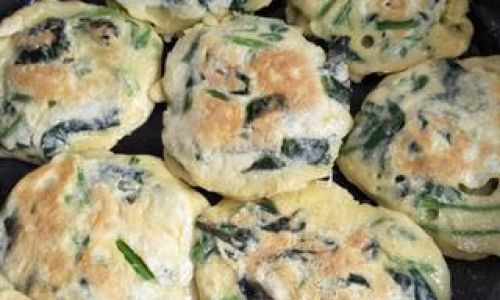
-
Oil:
A neutral oil (e.g., vegetable or canola) prevents sticking. For added flavor, use melted butter or coconut oil.
-
Seasonings:
A pinch of salt enhances the spinach’s flavor. For depth, add a dash of nutmeg or black pepper.
Step-by-Step Recipe
Preparing the Spinach Puree
- Fresh Spinach:
- Blanch 200g of spinach in boiling water for 30 seconds, then immediately transfer to an ice bath to halt cooking. Squeeze out excess water using a cheesecloth or kitchen towel.
- Roughly chop and blend with 2–3 tablespoons of water until smooth.
- Frozen Spinach:
Thaw 150g in the refrigerator overnight. Drain in a sieve, pressing firmly to remove moisture. Blend with 1–2 tablespoons of water.
Making the Batter
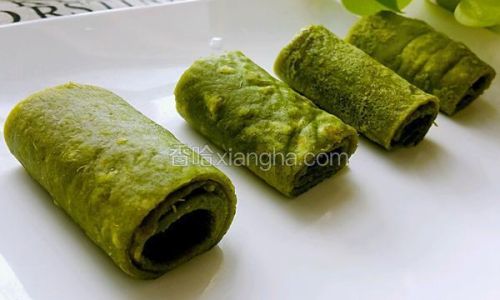
- In a large mixing bowl, whisk together 1 cup (120g) of flour and ½ teaspoon of salt.
- Create a well in the center and add 1 large egg (or flax egg), 1 tablespoon of oil, and 1 cup (240ml) of spinach puree.
- Gradually incorporate the dry ingredients into the wet, stirring gently until smooth. Avoid overmixing—lumps are normal and will dissolve during resting.
- Adjust consistency with 1–2 tablespoons of water or milk if needed. The batter should resemble heavy cream.
Resting the Batter
- Cover and refrigerate for 30 minutes. This allows the flour to hydrate fully, resulting in a tender texture and easier spreading.
Preparing the Pan
- Heat an 8-inch nonstick skillet over medium-low heat. Lightly grease with oil using a pastry brush or paper towel.
- Test the heat by flicking a drop of water onto the pan—it should sizzle gently but not evaporate immediately.
Cooking the Pancakes
- Stir the batter briefly. Pour ¼ cup (60ml) into the pan, tilting it swiftly in a circular motion to coat the surface evenly.
- Cook for 1–2 minutes until the edges curl and the surface dries slightly. Use a thin spatula to loosen the edges.
- Flip carefully and cook for 30 seconds on the other side. Transfer to a plate and cover with a clean kitchen towel to keep warm.
Mastering the Flip
- For flawless flipping, ensure the pancake moves freely in the pan. If it sticks, the pan isn’t hot enough, or the batter needs more oil.
- Practice the “jiggle test”: Gently shake the pan—if the pancake slides, it’s ready to flip.
Troubleshooting Common Issues
- Pancake Tears During Flipping: The batter is too thick. Add 1 tablespoon of liquid and stir gently.
- Uneven Browning: Inconsistent heat. Maintain a steady medium-low flame and rotate the pan if necessary.
- Soggy Texture: Overcrowding the pan or insufficient preheating. Cook one pancake at a time and ensure the pan is fully heated between batches.
Creative Fillings and Toppings
The beauty of thin-skinned spinach pancakes lies in their adaptability. Experiment with:
-
Savory Options:
- Smoked salmon, cream cheese, and dill.
- Sautéed mushrooms, caramelized onions, and Gruyère.
- Hummus, roasted red peppers, and feta.
-
Sweet Options:
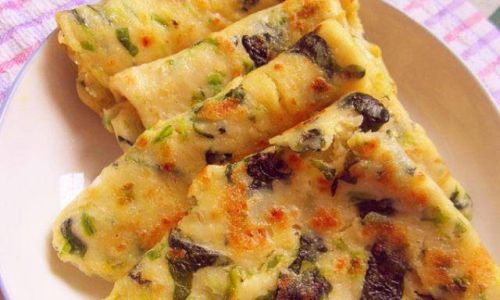
- Fresh berries, Greek yogurt, and honey.
- Nutella and sliced bananas.
- Lemon curd and toasted almonds.
-
Vegetarian/Vegan Variations:
- Scrambled tofu, cherry tomatoes, and avocado.
- Lentil salad with tahini dressing.
Serving Suggestions
- Brunch Spread: Stack pancakes with alternating layers of fillings, garnished with microgreens.
- Appetizer Platter: Cut into quarters and serve with dipping sauces (e.g., soy-ginger, tzatziki).
- Main Course: Roll around stir-fried vegetables and tofu, drizzled with teriyaki glaze.
Storage and Reheating
- Refrigerator: Layer pancakes between parchment paper and store in an airtight container for up to 3 days.
- Freezer: Separate with parchment and freeze for up to 2 months. Thaw overnight before reheating.
- Reheating: Warm gently in a skillet over low heat, or wrap in foil and bake at 350°F (175°C) for 5–7 minutes.
Advanced Techniques for Enthusiasts
- Lattice Design: Use a squeeze bottle to pipe thin lines of batter onto the pan, creating a decorative pattern.
- Herb-Infused Batter: Add 1 tablespoon of finely chopped herbs (e.g., basil, chives) to the batter for aromatic complexity.
- Sourdough Spinach Pancakes: Substitute 20% of the flour with active sourdough starter for a tangy twist.
Cultural Context and History
While thin-skinned pancakes are ubiquitous globally, their spinach iteration traces roots to Eastern European and Scandinavian cuisines, where greens were historically incorporated into batter-based dishes to extend meals during lean seasons. Today, they symbolize culinary innovation, bridging tradition and modernity.
Conclusion
Crafting thin-skinned spinach pancakes is a labor of love that rewards patience and precision. By mastering the balance of ingredients, heat, and technique, you’ll unlock a dish that delights the senses and adapts to any occasion. Whether filled with smoked salmon for a brunch gathering or drizzled with maple syrup for breakfast, these pancakes are a testament to the magic of simple, wholesome ingredients. So, roll up your sleeves, embrace the occasional imperfect edge, and savor the joy of creating something truly extraordinary from spinach and flour. Your kitchen (and your taste buds) will thank you.
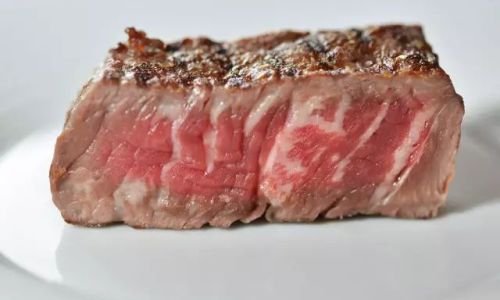
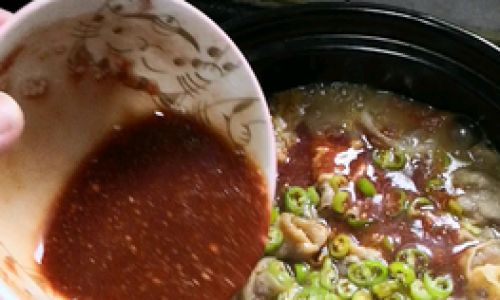
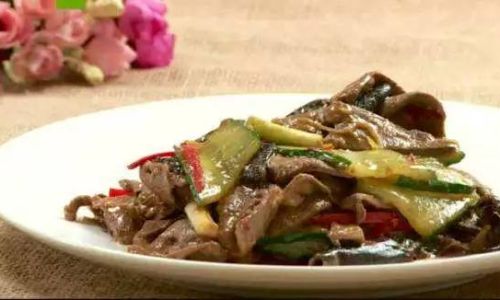
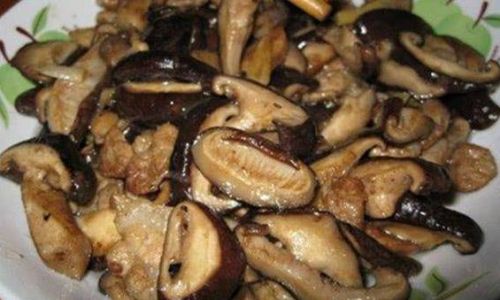
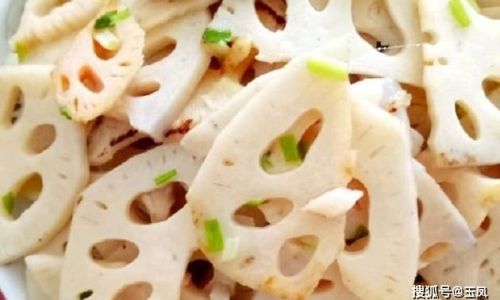
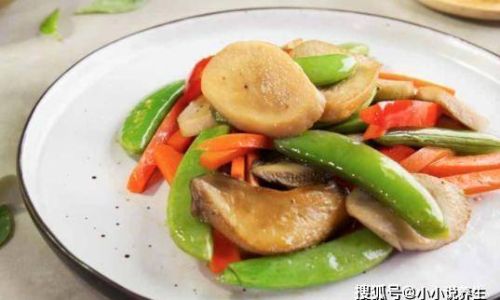
0 comments